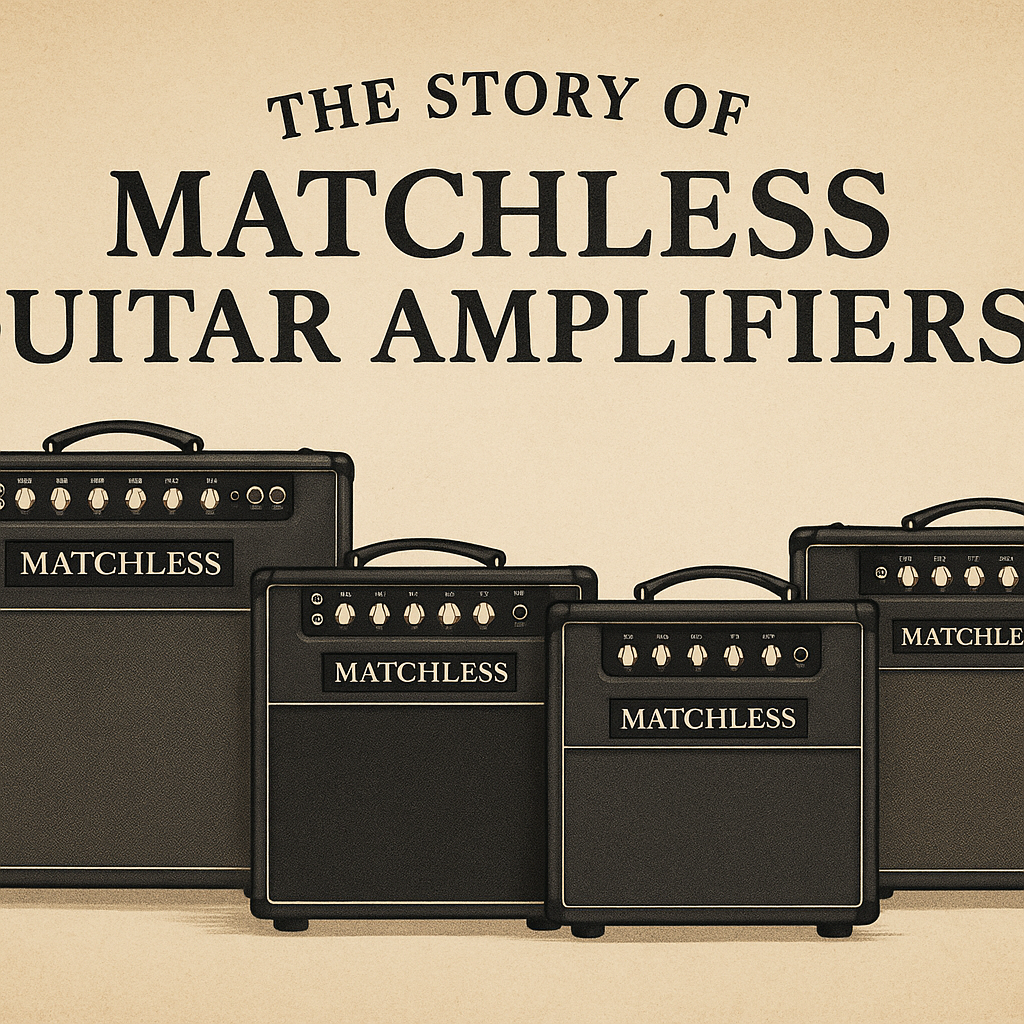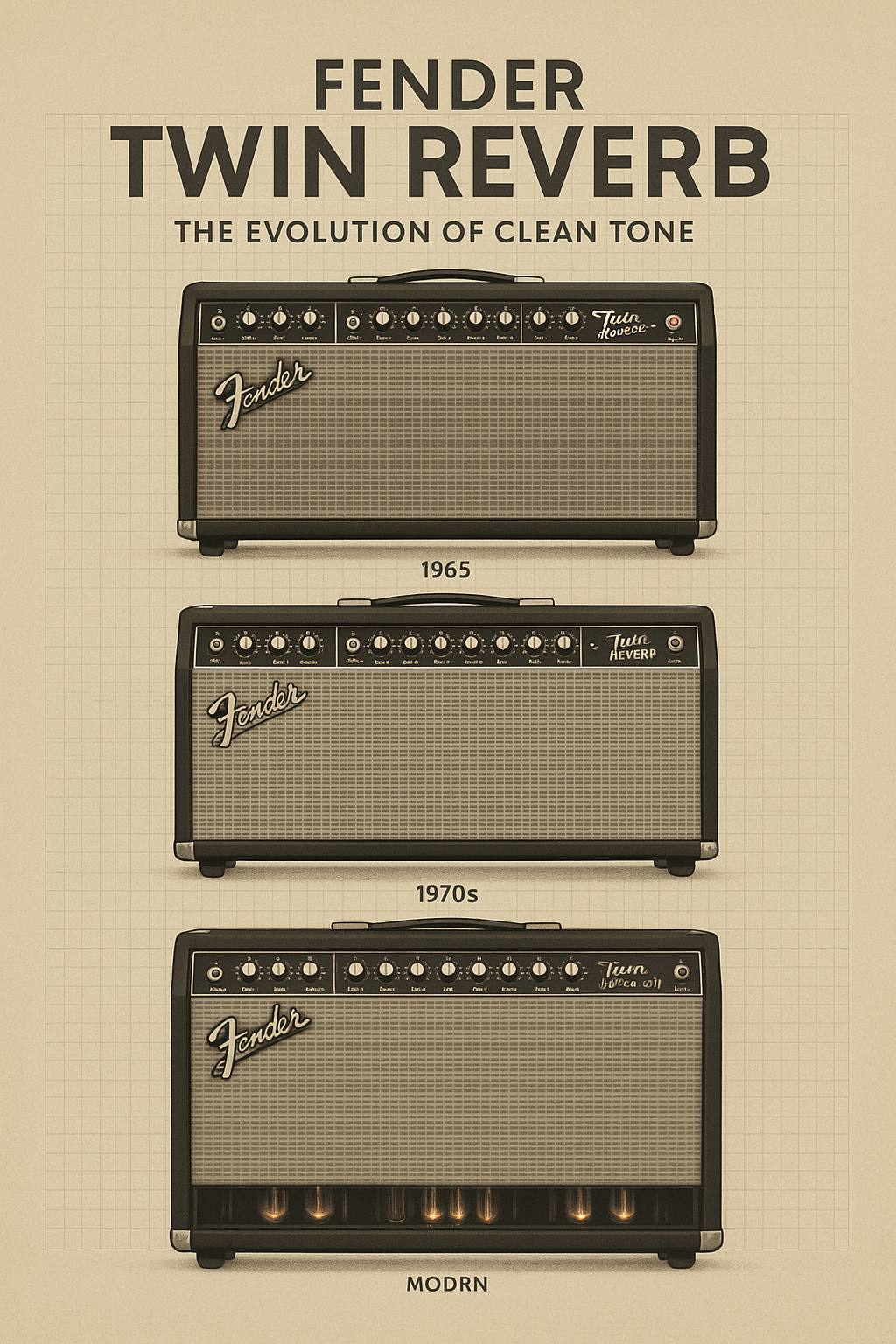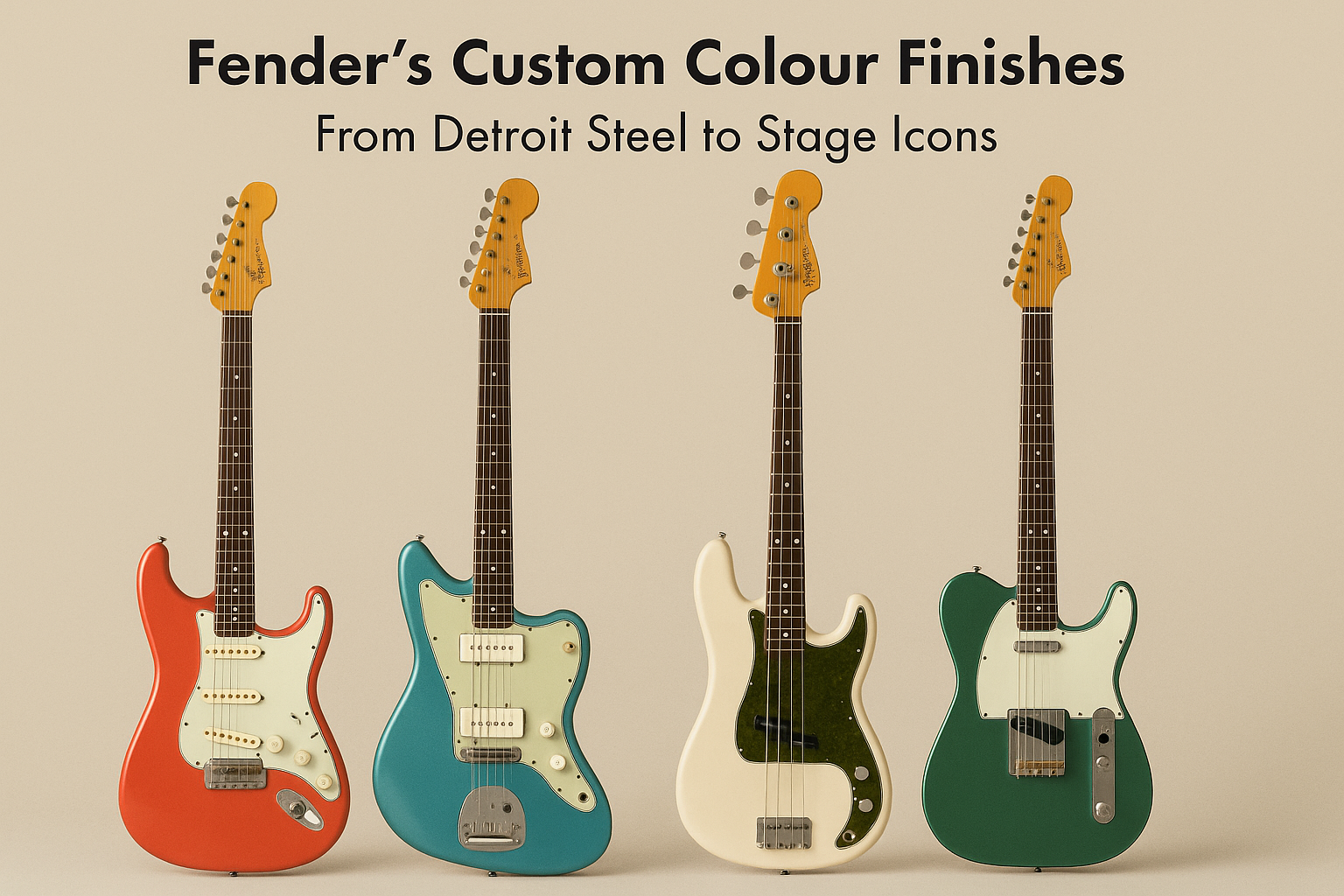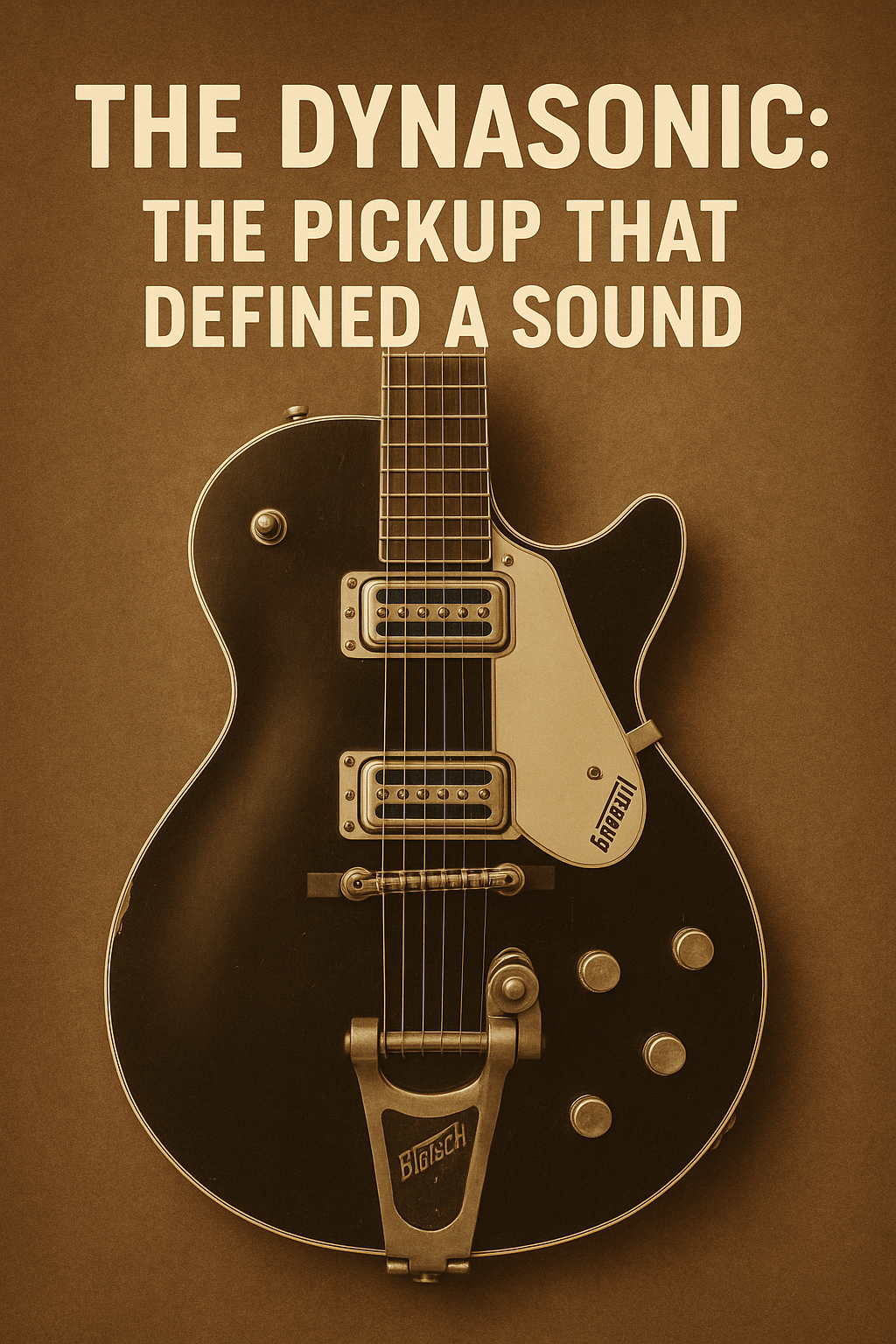The Gear of George Harrison: A Beatles-Era Breakdown
George Harrison’s guitar journey with The Beatles mirrored the band’s transformation—from early Gretsch chime to psychedelic Rickenbacker jangle, Indian sitars, and searing Les Paul leads. Discover the evolving gear that helped shape The Beatles’ sound.









